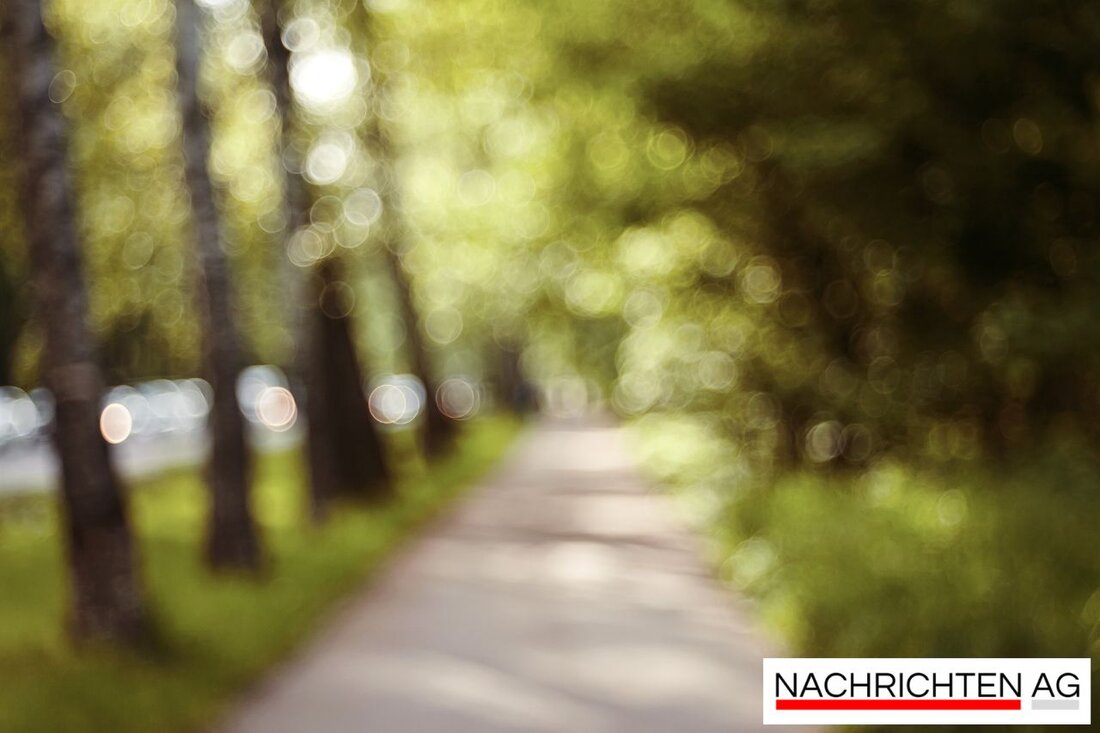Preserving diversity: Yellow cattle and collards in the Elbe Zoo celebrate 2025!
On October 9th, 2025 there will be a performance of yellow cattle and collard greens in the Elbe Tierpark Hebelei. Information about the event and the preservation of endangered livestock breeds.

Preserving diversity: Yellow cattle and collards in the Elbe Zoo celebrate 2025!
Next Sunday there will be a special event in the Elbetierpark Hebelei. Under the motto “Farm Animal and Crop of the Year 2025”, the Gelbvieh, an endangered breed of cattle, and the collard greens, a traditional type of cabbage, will be presented as part of a colorful program. The event is run by Sven Näther and will offer information stands with information about the two species presented from Saturday. The nature experience tours on the day of the event at 2:00 p.m. and 3:30 p.m. promise exciting insights into the world of livestock farming and plant diversity. According to [diesachsen.de](https://www.diesachsen.de/meissen-news/elbetierpark- Hebel-stellen-die-nutzplante-des-jahr-es-vor-3063173), the event aims to publicize both the cattle breed and the cabbage variety. The Elbe Tier Park is open until 6:00 p.m.
The selection of the Gelbvieh as the “Endangered Livestock Breed of the Year 2025” by the Society for the Preservation of Old and Endangered Domestic Animal Breeds e.V. (GEH) underlines the need for action in livestock farming. In 1950 there were still over 800,000 Gelbvieh cattle living in Germany, but in 2025 there will only be around 2,500 animals. AELF Bayern reports that the breed was historically valued as a robust workhorse in small businesses. However, due to changes in agriculture and market demands, the use of this breed has greatly decreased.
The importance of yellow cattle and collard greens
The Gelbvieh looks back on a long history: Originally from the Franconian region, it was used as a dual-purpose breed for both milk production and meat production. The bulls are particularly sought after for cross-breeding with other meat breeds and provide high-quality meat with advantageous marbling, which makes meat marketing easier. But the endangerment of this breed is clear – it is high time for conservation measures.
Equally significant is the award of collard greens as crop of the year 2025/2026, which points to the enormous cultural and culinary importance of this plant. Collard cabbage was consumed as early as the Neolithic period and is characterized by robust, frost-hardy varieties. This variety of plants offers countless uses in the kitchen and is also able to adapt to different climatic conditions. The Association for the Conservation of Crop Diversity has highlighted the variety because of its traditional importance and versatility.
A look at the future
Since 1984, the GEH has been committed to bringing endangered cattle breeds such as the Gelbvieh into the spotlight and drawing attention to the 176 endangered livestock breeds on the Red List. The preservation of such breeds is crucial to promote genetic diversity in animal husbandry and to preserve biodiversity, as highlighted by the Hainich National Park, where several Gelbvieh cattle already graze, thereby creating protected habitats for special animal species.
The event at the Elbetierpark Hebelei is more than just a celebration of tradition and culture; it is a call to action to protect and revitalize both livestock tribes and crop diversity. Anyone who wants to work to preserve this heritage should not miss the opportunity to learn more about yellow cattle and collard greens and to play an active role in securing their future.
Further information about the program and the species featured can be found here www.tierpark-heberei.de to find.

 Suche
Suche
 Mein Konto
Mein Konto